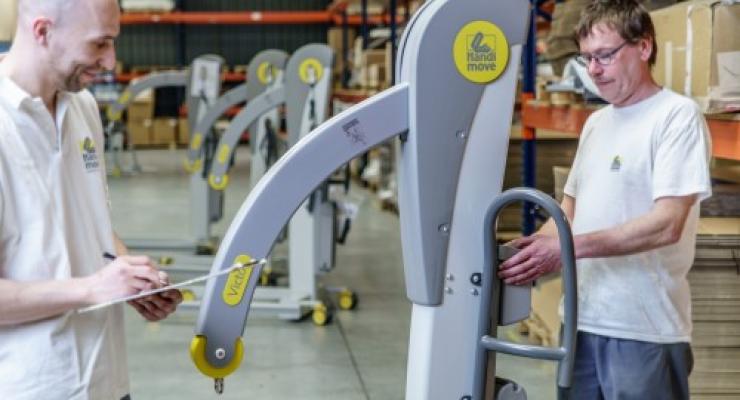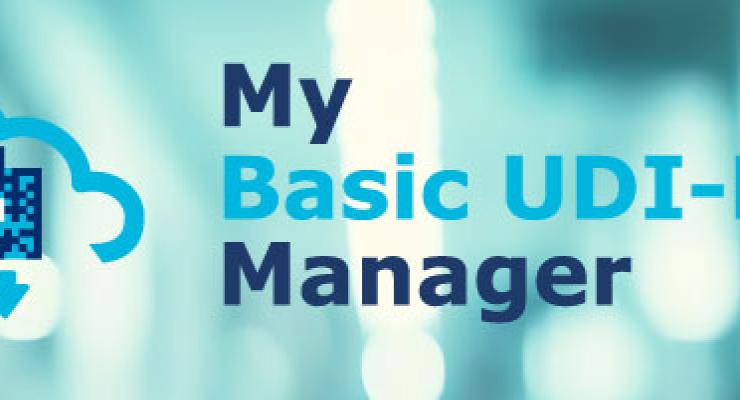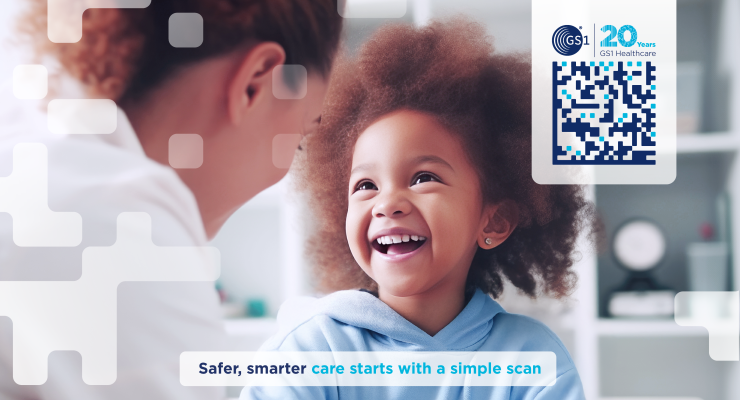
The key role of GS1 DataMatrix barcodes for product identification in healthcare
Purpose
This paper clarifies the GS1 Healthcare community guidance on the use of GS1 DataMatrix within the healthcare sector. With more and more regulations being developed across the world to enable
traceability, pharmacovigilance and post market surveillance, as well as digital health advancement, there is an increased need for product identification data to be captured through scanning barcodes placed on medical products (pharmaceutical and medical devices) and their packaging. The recommendation of the GS1 Healthcare community is for the use of GS1 DataMatrix for the identification of medical products, when the scanning environment, data and regulatory requirements make the usage of a 2D instead of a linear barcode necessary.
Summary
For many clinical and non-clinical processes in healthcare the automatic identification of a product is critically important – from an efficient and secure supply chain to improved patient safety.
Barcode scanning enables the automatic reading and capturing of product identification data. When choosing the data carrier for automated identification of a medical product, it is important to use
the one that has been previously agreed upon by the stakeholders in order not to add cost and/or complexity. Global healthcare stakeholders have implemented the GS1 DataMatrix for many years
as the 2D barcode to fulfil medicines traceability regulations in Argentina, Australia, Brazil, Egypt, Ethiopia, Europe, India, Russia, Saudi Arabia, Turkey, USA and many others – in total in more than
75 countries around the world. Equally, many donor organisations are requiring the GS1 DataMatrix on pharmaceutical products they purchase. The GS1 DataMatrix is also commonly used to meet
Unique Device Identification (UDI) requirements in many countries across the globe. There are many reasons for the choice of the GS1 DataMatrix, the most important are:
- Captures the largest amount of identification data in the smallest amount of space on packaging
- Can be printed directly on the products
- Has sophisticated error detection and correction algorithms, allowing the GS1 DataMatrix barcode to be scanned even if damaged, torn or printed poorly
Increasingly the QR code is used in other sectors for marketing purposes. This code is often applied to provide access to electronic information about a product, and its use is growing as well in the healthcare industry. To ensure the separation of product identification from product information within healthcare the December 2021 following positions represent the guidance of the GS1 Healthcare community:
- For PRODUCT IDENTIFICATION AND TRACEABILITY purposes, GS1 DataMatrix or linear GS1 barcodes remain the data carriers of choice. They ensure the globally harmonised identification of products and facilitate implementations for all stakeholders. The QR Code shall NOT be used for product identification.

- Access to ELECTRONIC PRODUCT INFORMATION shall be preferably provided via GS1 DataMatrix or linear GS1 barcodes. As such access today still often requires special applications, access to electronic product information via QR codes is acceptable but they should only be applied as a secondary barcode in addition to the GS1 DataMatrix or linear GS1 barcodes for product identification. As confusion can result from multiple barcodes being present on products, especially within care settings or for patients, this is not the preferred option and if applied, special attention should be given to print the two barcodes in different panels of the packaging.
GS1 Healthcare and its global community acknowledge that at this point in time multiple barcodes on the same package for different purposes can’t be avoided. The aspirational objective remains to have as few barcodes as possible on each package, ideally only ONE barcode, to avoid confusion and enable quick and safe scanning processes along the supply chain, within care settings and by patients.
Conclusion
The GS1 Healthcare community recommends the implementation of GS1 DataMatrix as the ONLY globally endorsed 2D / Matrix data carrier for product identification in healthcare. The use of QR codes for providing healthcare product information electronically within care settings or to patients should be considered carefully and in the context of potentially confusing users within the healthcare supply chain, including patients or healthcare provider staff. The GS1 Healthcare community does NOT recommend the use of QR codes for product identification.
1.The GS1 Healthcare Community includes GS1 Healthcare global members and the 115 GS1 Member Organisations in the world
2.Global Standards Technical Implementation Guideline for Global Health Commodities is endorsed by the Global Drug Facility, Global Fund, UNDP, UNFPA and USAID



